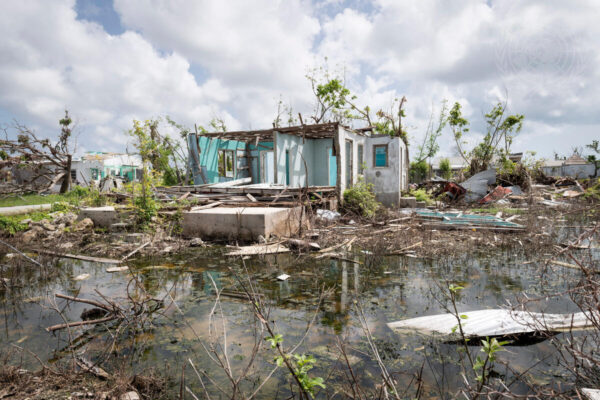What next for the Global Goal on Adaptation?
Authors
Patrick Pringle, Ella Strachan, Dr Adelle Thomas
Share

The COP26 climate summit in Glasgow saw important progress made on the Global Goal on Adaptation (GGA). However, there is much work still to be done to bring the GGA concept to life. Striking a balance between the GGA serving its ‘global’ purpose, whilst providing countries flexibility to describe their own adaptation objectives will ultimately determine the effectiveness of the GGA.
Key messages
- The launch of the two-year Glasgow–Sharm el-Sheikh work programme at COP26 represents a significant step forward in establishing the Global Goal on Adaptation (GGA) outlined in the Paris Agreement.
- Discussions in Glasgow, and the subsequent decision, reinforced that adaptation action is inherently national and local. For developing countries, it is crucial that the GGA reflects the realities on the ground and will be nationally determined and locally appropriate.
- The GGA should not become a top-down reporting exercise that further burdens countries with limited public resources. Instead, it should become a tool that helps countries identify their strengths and weaknesses so they can better respond to the impacts of climate change.
- There is much work still to be done to bring the GGA concept to life. Striking a balance between the GGA serving its ‘global’ purpose, whilst providing sufficient flexibility for countries to describe their own adaptation objectives and progress will ultimately determine the effectiveness of the GGA.
Messages clés
- Le lancement du programme de travail de deux ans Glasgow-Sharm el-Sheikh lors de la COP26 représente une étape importante dans la mise en place de l’objectif mondial d’adaptation (OMA) décrit dans l’accord de Paris.
- Les discussions à Glasgow, et la décision qui s’en est suivie, ont renforcé le fait que les mesures d’adaptation sont intrinsèquement nationales et locales. Pour les pays en développement, il est essentiel que l’OMA reflète les réalités du terrain et qu’il soit déterminée au niveau national et approprié au niveau local.
- L’OMA ne doit pas devenir un exercice de rapport descendant qui pèse davantage sur les pays aux ressources publiques limitées. Au contraire, il doit devenir un outil qui aide les pays à identifier leurs forces et leurs faiblesses afin qu’ils puissent mieux répondre aux impacts du changement climatique.
- Il reste encore beaucoup de travail à faire pour donner vie au concept de l’OMA. L’efficacité de l’OMA dépendra en fin de compte de l’équilibre à trouver entre l’objectif “mondial” de l’OMA et la souplesse nécessaire pour permettre aux pays de décrire leurs propres objectifs et progrès en matière d’adaptation.












